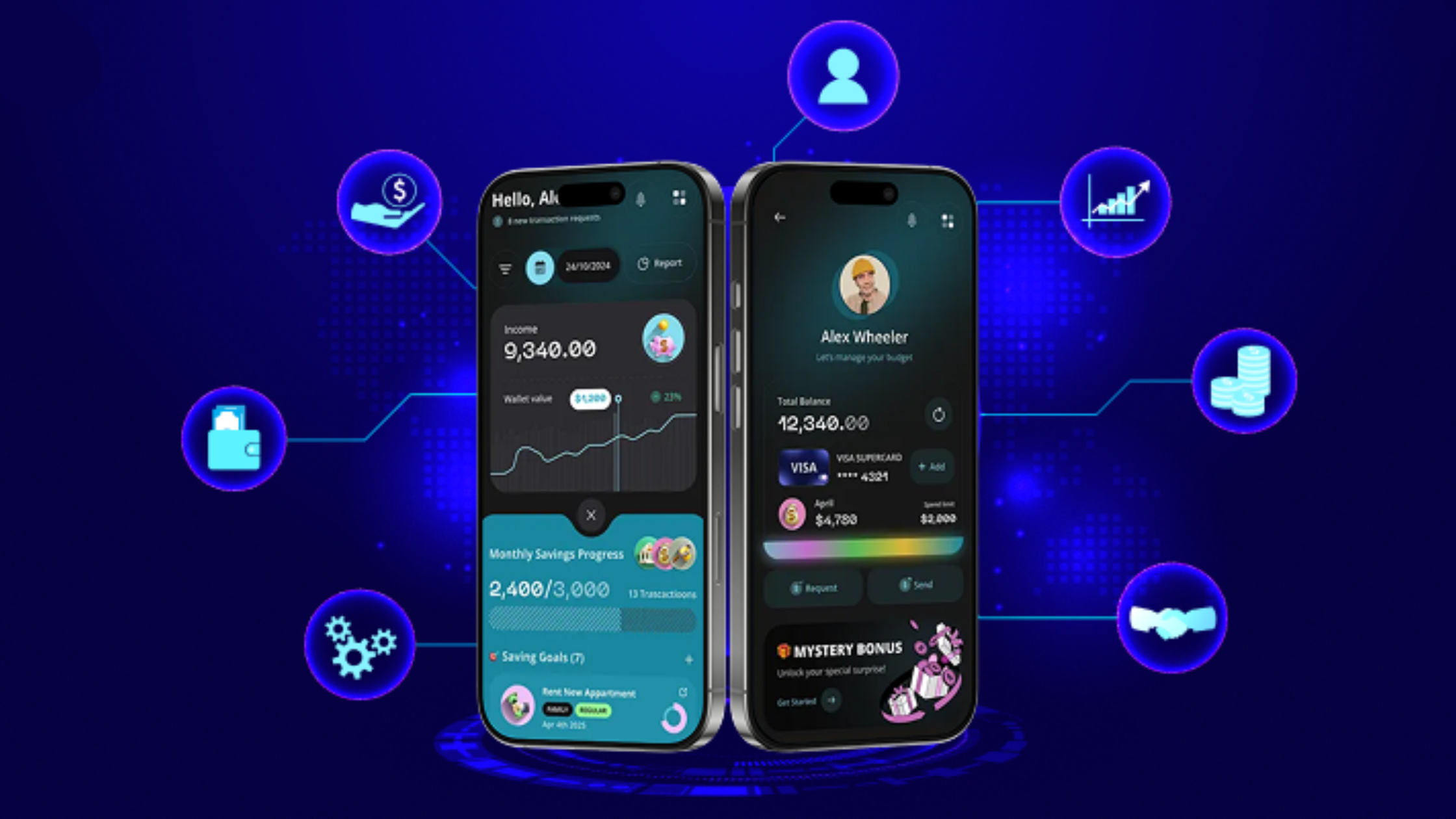Summary
For tech startups, speed, scalability, and a seamless user experience aren’t just nice to have they’re mission-critical. React UI delivers on all three. This blog explores how React empowers startups to build high-performance, scalable apps from its component-based architecture and Virtual DOM to features like lazy loading, server-side rendering, and efficient state management. With success stories from brands like Instagram, Notion, and Shopify, it’s your practical roadmap to building not just apps but smarter, faster, and future-ready digital products.
What Makes React UI Ideal for Startups
Speed and performance can make or break a tech startup. The ability to turn an idea into a working product quickly and ensure it runs smoothly often defines early success. Whether you’re rolling out an MVP or gearing up for your first million users, React UI offers a powerful way to build fast, scalable apps. But what exactly makes it such a smart choice for startups? And how can you use it not just to build apps but to build better ones, faster? Let’s explore.
When you’re a startup, you have one major advantage over big companies: agility. But agility needs the right tech stack.
React, a JavaScript library created by Facebook was designed for building rich, interactive user interfaces quickly and efficiently. Here’s why it’s become the go-to choice for startups:
1. Component-Based Structure
React UI lets you break down your interface into reusable components. This means you can build faster, maintain your code easily, and scale without reinventing the wheel every time.
2. Faster Rendering with Virtual DOM
React uses a Virtual DOM, which updates only the components that change. This results in smoother performance and faster load times—something that users (and investors) love.
3. Strong Developer Ecosystem
From pre-built UI libraries (like Material UI or Ant Design) to tools like Next.js for server-side rendering, React comes with a robust ecosystem that makes development faster and smarter.
4. Active Community & Support
With a huge community, React offers solutions to common problems, frequent updates, and tons of ready-to-use integrations saving you time during development.
React UI and App Performance: What Really Matters
A fast UI isn’t just about aesthetics. It directly impacts conversion, engagement, and retention three things every tech startup depends on.
Let’s look at how React UI helps enhance app performance in practical terms:
1. Efficient Updates with Virtual DOM
React’s diffing algorithm ensures minimal DOM manipulation, speeding up rendering times. This is crucial when dealing with real-time data or high-interaction apps.
2. Code Splitting and Lazy Loading
React supports code splitting, allowing parts of your app to load only when needed. Combined with lazy loading, this reduces initial load time and boosts perceived performance.
3. Optimized State Management
Tools like Redux, Recoil, or Zustand make managing complex states smoother and faster especially in large-scale applications.
4. Server-Side Rendering (SSR) with Next.js
SSR improves initial load speed and SEO. React-based frameworks like Next.js make SSR implementation easy, even for startup teams with limited resources.
Best Practices to Improve React App Performance

Even though React is designed for performance, bad implementation can slow things down. Here are a few startup-friendly tips to get the best out of React UI:
1. Use Functional Components and Hooks
They’re faster, cleaner, and easier to test. Hooks also help reduce boilerplate and enhance component logic.
2. Avoid Unnecessary Renders
Use React.memo, useMemo, and useCallback to prevent components from re-rendering unnecessarily.
3. Optimize Images and Assets
Use WebP images, lazy loading, and CDN delivery. This significantly improves the front-end load speed.
4. Split Code Intelligently
Don’t load your entire app at once. Use dynamic imports to split code and load only what’s needed on each page.
5. Monitor and Profile
Use Chrome DevTools, Lighthouse, and tools like React Profiler to identify performance bottlenecks early.
Real Startup Wins with React UI
Plenty of successful startups have built their apps on React—and for good reason.
Instagram Web Version
Instagram switched to React to make their web UI more dynamic and interactive. The result? Faster rendering and a more app-like experience.
Shopify’s Admin Interface
Shopify rebuilt its admin dashboard using React for better state handling and UI performance at scale.
Notion
React’s flexibility allows Notion to manage complex UIs and real-time collaboration without lagging something essential for user retention.
When Should You NOT Use React?
React is great, but it’s not always the best fit. Here’s when you might consider alternatives:
- Ultra-simple static sites: Tools like Astro or plain HTML/CSS may be overkill.
- Non-JavaScript teams: If your dev team is more experienced in another language (like Python or Ruby), frameworks in those ecosystems might be more productive.
Still, for most startups with front-end ambitions, React UI remains a top choice.
How to Choose the Right React UI Stack for Your Startup
With so many tools available in the React ecosystem, choosing the right stack can feel overwhelming. But the key is to focus on tools that balance developer speed, app performance, and future scalability.
For styling, popular options include Tailwind CSS for utility-first design or Styled Components for CSS-in-JS styling. When it comes to UI components, libraries like Material UI, Chakra UI, and Ant Design offer pre-built, customizable elements that help you build interfaces faster.
To manage your application’s state, consider using tools like Redux (for complex state logic), Zustand, or Jotai (both lightweight and easy to use). For routing, the go-to choices are React Router for client-side navigation or Next.js if you also need server-side rendering and built-in routing.
Speaking of server-side rendering, Next.js is one of the most startup-friendly frameworks it improves load speed and SEO out of the box. For API integration, tools like Axios, React Query, or SWR help with data fetching, caching, and synchronization.
Finally, for form handling, libraries like Formik and React Hook Form make it easier to manage form state, validation, and user interactions with minimal boilerplate.
Choosing the right stack means picking tools that help you build faster today while also preparing for scale tomorrow.
Fact UI Isn’t Just a Trend ,It’s a Startup Asset
In the startup world, your product’s user experience is your brand. A laggy, clunky app will drive users away before they even see your value proposition.
With React UI, you’re not just building apps faster you’re building them smarter, more scalable, and performance-first.
If you’re aiming to build a product that impresses users, investors, and partners alike React should absolutely be on your tech radar.
Want to Build a High-Performance App?
Whether you’re launching an MVP or optimizing an existing product, choosing the right front-end stack is crucial.
👉 Talk to a product tech expert to explore your React-based roadmap today.







